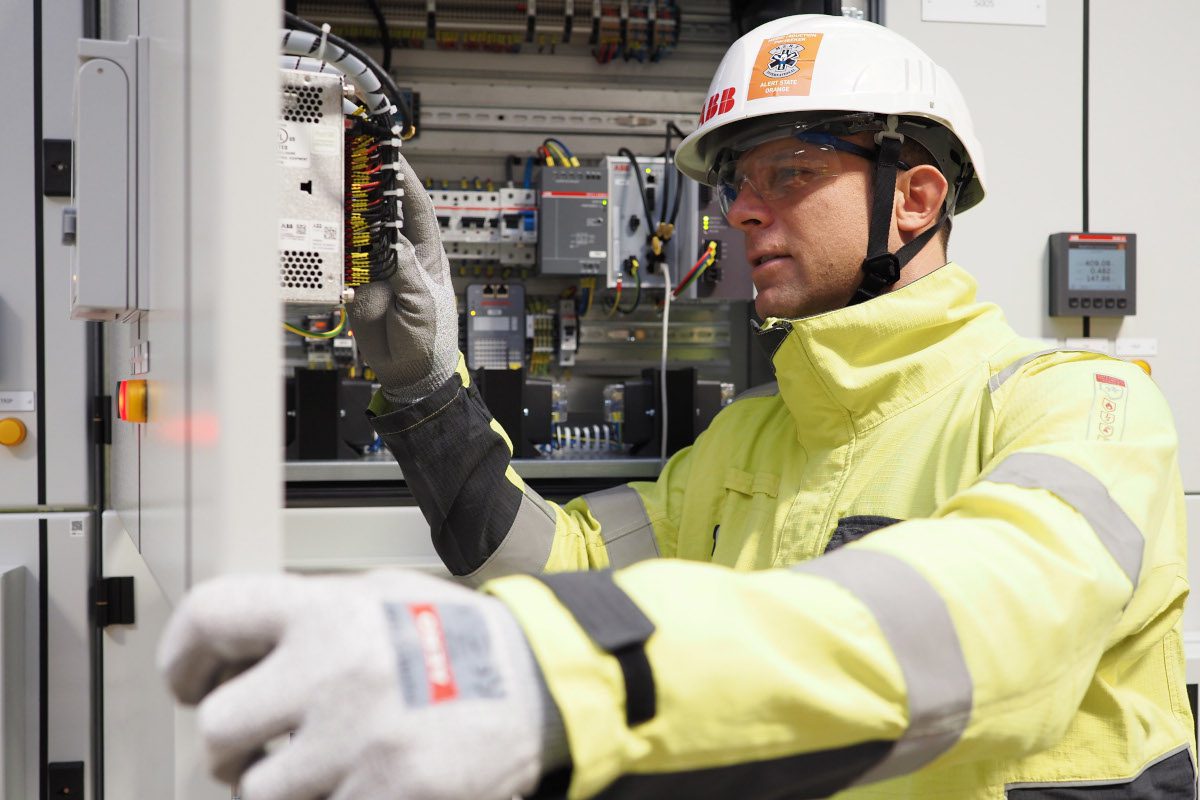
Circular economics is going to be a key focus for global businesses in 2024, according to Stuart Thompson, President of ABB Electrification Service (a business unit within the larger ABB group).
Companies are taking a circular approach that supplants the throwaway culture by prioritizing – among other factors – life-cycle management, lifetime extension, circular design and reuse and recycling of products.1
Modern day industrial servicing is proving to be key to delivering this shift in strategy, according to the group.
Stuart said: “A circular economy tackles industrial throwaway culture using the principles of long lasting design that minimizes pollution by keeping products and materials in use for as long as possible, and reducing resource dependency. This approach is particularly useful in extending the life of power distribution assets, which, when maintained, upgraded, and eventually decommissioned effectively, can deliver significant cost savings and help to minimize environmental impact by reducing emissions.”
The factors driving this change are said to be regulatory, economic and related to competitiveness. For example, running equipment to the point of failure may cost up to 10 times more than investing in a program of regular maintenance.2 Likewise, there are increasing opportunities and incentives for businesses to decarbonize, such as the Corporate Sustainability Reporting Directive (CSRD) from the EU and Inflation Reduction Act (IRA), providing incentives for clean energy in the US.
For businesses to remain competitive and to be considered an approved supplier they are also having to be transparent and demonstrate the footprint their products have on the environment with independently validated Environmental Product Declarations (EPDs).
“ABB Electrification Service understands the circularity concept can be overwhelming for many businesses and in response has created a handy guide to ‘Tackling Throwaway Culture’.”
“It offers a range of practical ideas for implementing circularity in asset management, from optimizing predictive maintenance and condition monitoring to adopting a ‘component-only’ approach to retrofitting and upgrades. The guide also covers decommissioning of systems, responsible end-of-life disposal and future market developments in the circular asset management space.”
Stuart added: “Using circular economics to avoid operational emissions with circularity is an increasingly popular way of doing business sustainably for those managing power distribution assets. Thanks to advancements in technology and a more granular understanding of the role industries must play in circular economics, there is now a wealth of tools and techniques to make circularity easier to achieve. Our guide covers these and gives customer examples that demonstrates them in action.”3
You can download a copy of the guide here.
Notes
1 https://www.oecd.org/env/indicators-modelling-outlooks/oecdenvironmentaloutlookto2050theconsequencesofinaction-keyfactsandfigures.htm
2 https://www.buildings.com/products/article/10185912/stop-wasting-money-on-deferred-maintenance
3 CGR 2023 (circularity-gap.world)






